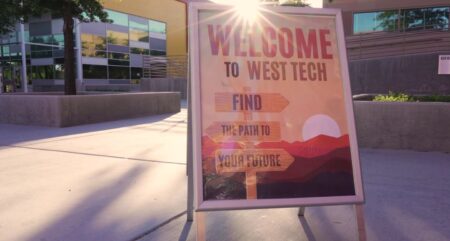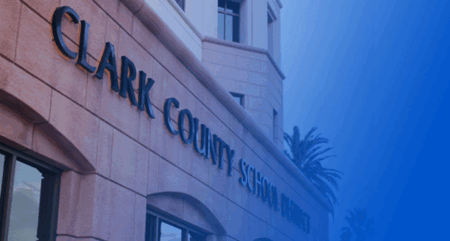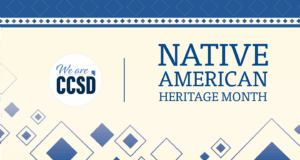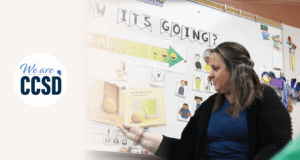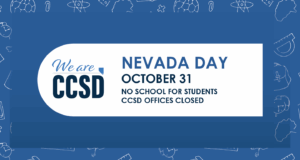Getting students to and from school safely is crucial. Recent months have seen several local students injured while walking or biking on our Valley roads. This alarming trend highlights the importance of the Safe Routes to School program, an international initiative designed to protect students who walk or bike to school. In light of these incidents, let’s delve into how this vital program is making a difference.
An Introduction to Safe Routes to School
Safe Routes to School is a program aimed at ensuring the safety of students who commute on foot or by bicycle. It educates not just students, but also drivers, promoting safe practices and awareness. The initiative’s benefits extend beyond safety, contributing to students’ physical health, mental well-being, and even environmental sustainability.
The Many Benefits of Walking and Biking to School
Walking and biking to school offer numerous advantages. Students who engage in daily physical activity are generally happier and healthier. They enjoy the fresh air, spend time with friends, and arrive at school more alert and ready to learn. Additionally, these activities help reduce air pollution and traffic congestion around school campuses—a win-win for everyone involved.
One student shared, “Sometimes I ride halfway and then my grandma drops me off at my friend’s house. I walk from there, and I get to talk to my friend on the way to school.” This highlights the social benefits that come with active commuting.
Rocket Rules: An Innovative Approach to Safety Education
A standout feature of the Safe Routes to School program is “Rocket Rules,” a collaboration with CCSD Police Services. This interactive initiative uses a virtual character to engage students in learning about road safety. Through live Google Meet sessions, Rocket teaches kids essential safety skills in a fun and memorable way.
During a session, Rocket encourages students to demonstrate hand signals for turning and stopping. One student remarked, “I really thought they made it fun and easy to learn about safety at the same time.” This innovative approach ensures that the critical message of safety is delivered in an enjoyable manner.
The Power of Education
Education is the most powerful tool in promoting safety. The program emphasizes the importance of using one’s senses—looking, listening, and stopping to check for vehicles. As one educator puts it, “The most important thing is to be safe. Use your senses, look for vehicles, listen, and make sure to stop. Don’t be in such a hurry; just slow down a little bit and look for cars.”
Demonstrations and Community Involvement
The program doesn’t stop at educating students. It extends to the broader community, including parents and everyday drivers. Demonstrations on proper helmet usage and bike safety are conducted regularly. During one such demonstration, a volunteer stepped up to show the correct way to wear a helmet, reinforcing the practical aspects of safety.
Moreover, the program calls for a community-wide effort in fostering a safer environment. Drivers are reminded to slow down, be patient, and show kindness. These values are essential, considering that the pedestrians could be their children or those of someone they know.




